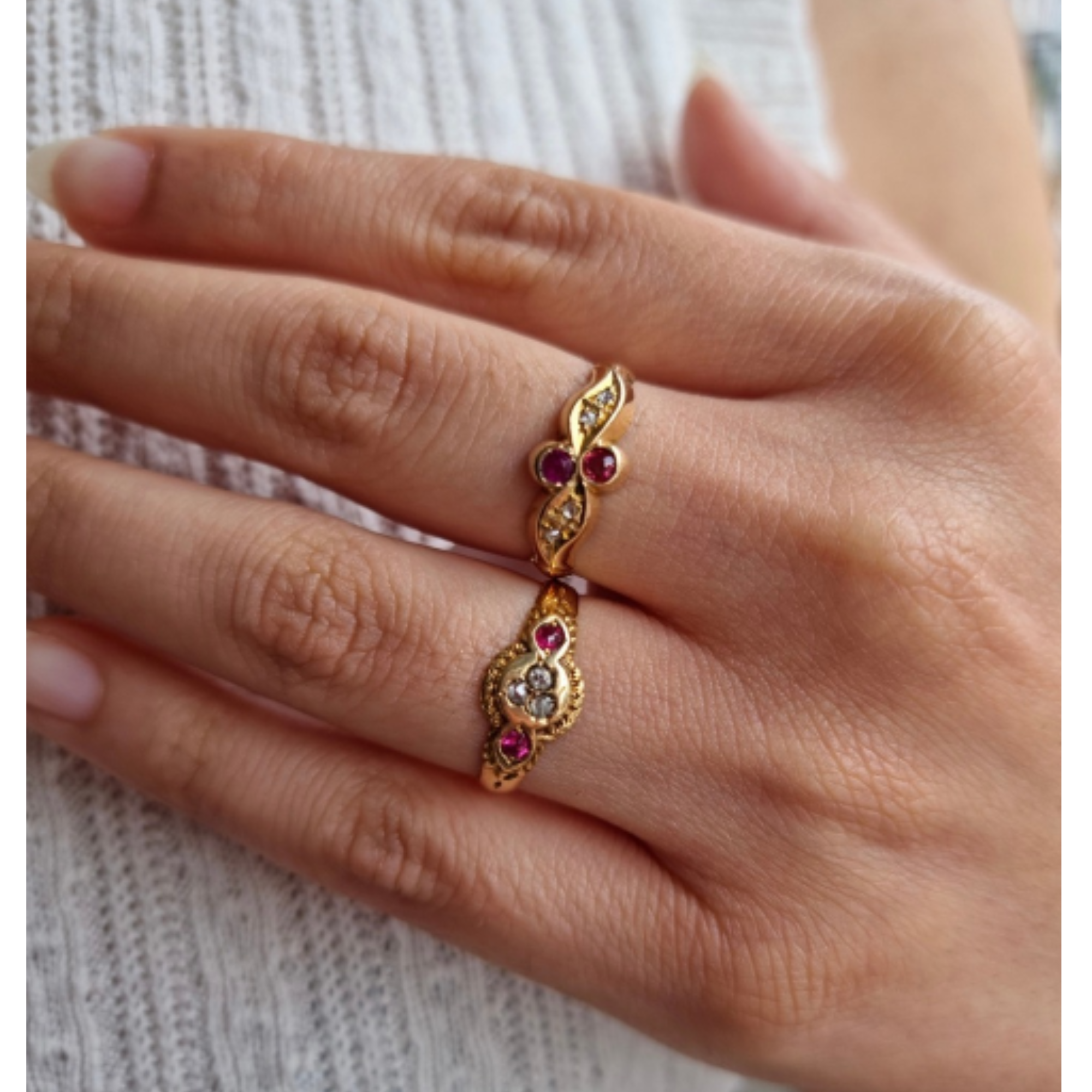The Victorian era was characterised by technological and social change as a result of the industrial revolution. This was a significant shift in the British Empire's society, as it transitioned from horse-drawn carriages to driving automobiles. Not only did technological and societal changes occur; the jewellery produced during this period became more intricate and diverse. This period of jewellery is commonly referred to as Victorian Jewellery.
Defining an Era
The Victorian era was named after Queen Victoria, who ruled Britain from 1837 to 1901. During her reign, Queen Victoria's husband, Prince Albert, died, which had a profound impact on the Queen. Victoria's appearance changed dramatically as she mourned the death of her beloved husband. Queen Victoria famously avoided wearing colour for 40 years, opting instead to wear only black. According to historians, Queen Victoria wore her heart on her sleeve, which was reflected in her fashion choices during her reign. As a result, historians have divided this era into three periods: The Romantic Period, The Grand Period, and The Late Victorian.
Romantic Jewellery

This period, known as the "early happy years," was distinguished by an emphasis on emotion and individualism, as well as influences from the world's greatest works of art, literature, and poetry.
During this time period, jewellery was all about sentimentality and symbolism. Queen Victoria's love for her husband was undeniable, and it was celebrated through jewellery. When the young couple got engaged, Prince Albert proposed with an emerald-embedded serpent ring. The serpent motif is thought to represent unity and eternal love.
Grand Period Jewellery
The mid-Victorian period, also known as the Grand period, reflects the historical moment when Queen Victoria began her mourning period following the death of her husband, Prince Albert. This shift set the tone for jewellery manufacturers, as she frequently wore jewellery to express her grief.

Gemstones were frequently set in hammer or "gypsy" style settings in Grand Period jewellery. Pave settings, which were popular at the time, featured stones set with nearly invisible prongs, resulting in pieces that were "paved" with gems. It was also common to have strains of human hair embedded into jewellery. It was a real art to during this mourning period as Queen Victoria often wore a locket of Albert's hair around her neck. If you look closely you can see the stains of hair in this late Victorian mourning brooch. This brooch features an intricate floral design crafted on yellow gold.
If you're looking for jewellery from this time period, look for pieces with geometric designs and motifs like acorns, bees, bells, birds, crescents, crosses, daisies, hearts, monograms, stars, and shield shapes.
Late Victorian Jewellery
The Victorian era came to an end with Queen Victoria's death. With the rise of the entertainment industry, electricity became a more common feature in homes and buildings. With actors and actresses influencing fashion trends at the time, the jewellery industry experienced a style shift once more.

As women entered the workforce, the grand period's heavy jewellery became impractical for day-to-day wear. As a result, more delicate pieces replaced the previous years' heavy opulent jewellery such as this 18ct Victorian ruby & diamond ring (bottom), appropriate for their new active lifestyles.
Animal heads, barrels, bows, clovers, crescents, horseshoes, knots, oak leaves, owls, quatrefoils, stars, trefoils, and wishbones were common motifs in late Victorian jewellery designs.
At Lowe & Sons, we have a stunning collection of Victorian pieces selected with beauty and sentiment in mind. With something to suit everyone, why not discover the many incredible antique Victorian jewellery pieces on offer with a look through our collection today? Click here to browse our website.

